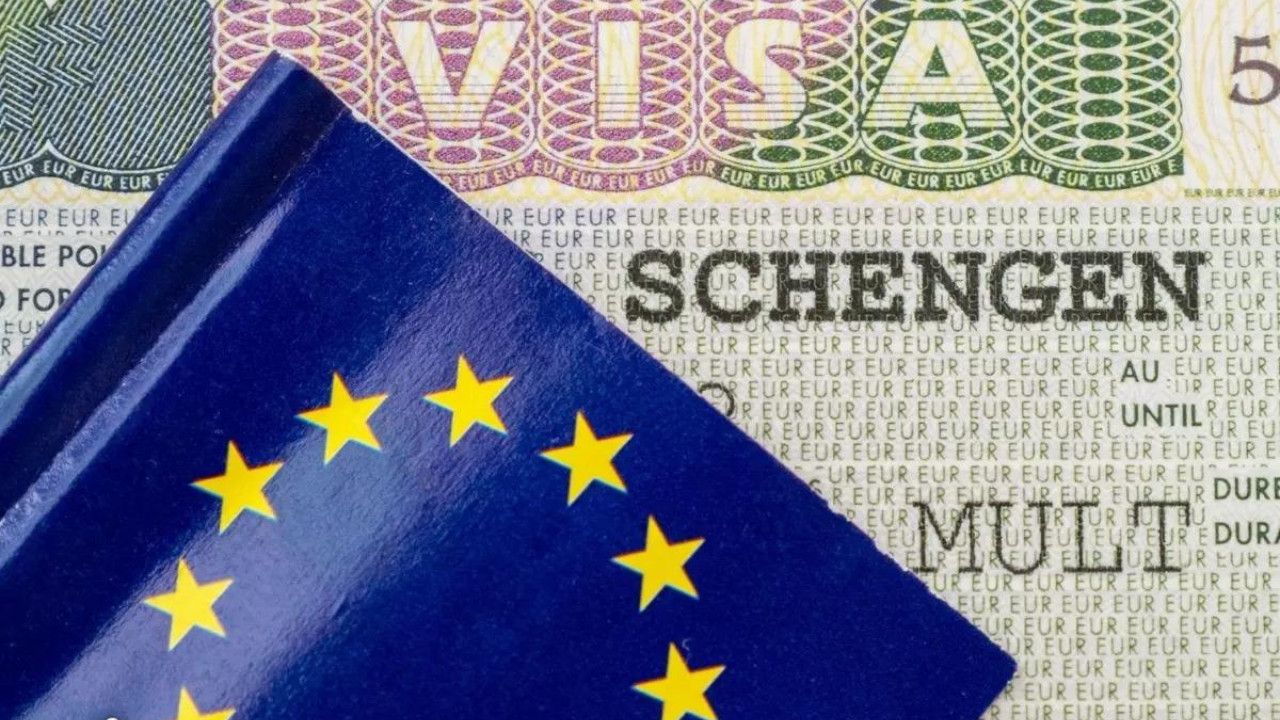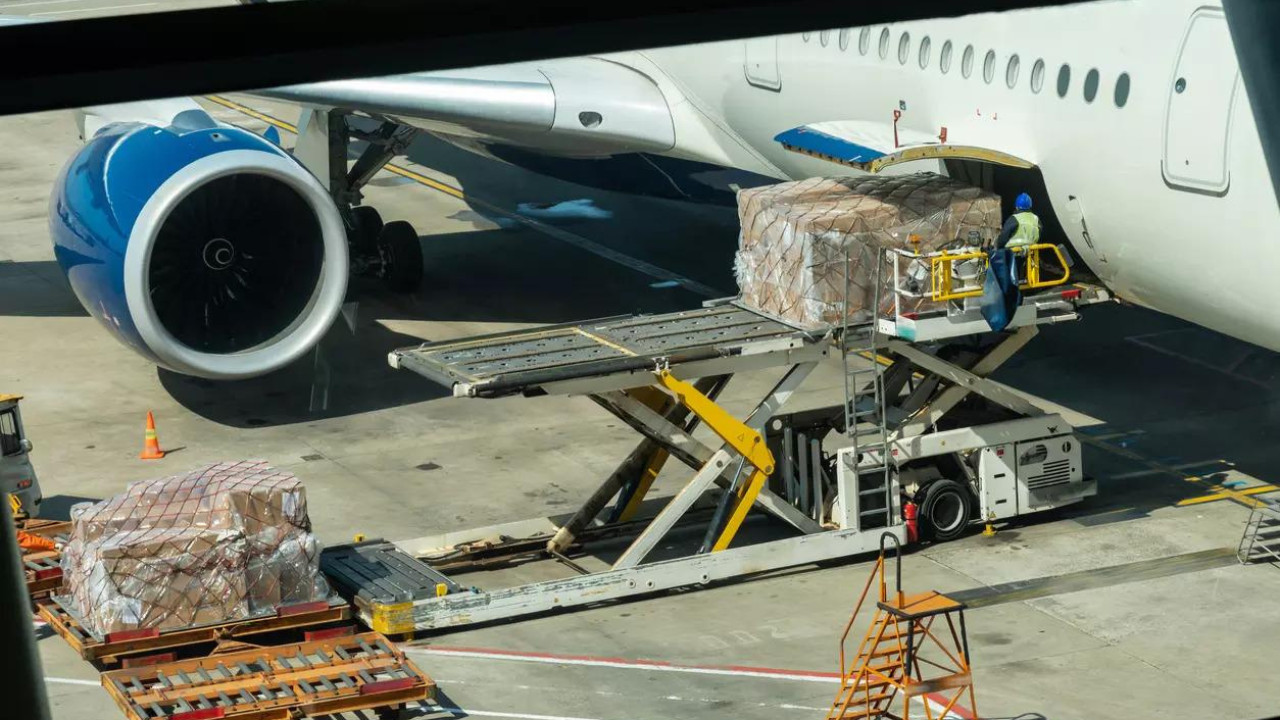Immigration experts are advising travelers with Schengen visas to meticulously review their documents before heading to Europe. Seemingly minor errors, such as spelling mistakes or incorrect passport numbers, could lead to denied boarding or entry. The Schengen visa allows non-EU citizens to stay in the Schengen area for up to 90 days for tourism, business, or family visits.
Europe Dreams on Hold? Navigating the Schengen Visa Maze
So, you’re picturing yourself sipping espresso in Rome, wandering through Parisian art museums, or maybe even scaling the Swiss Alps? Europe beckons, and for many, that journey begins with a single, sometimes daunting, document: the Schengen visa. But before you pack your bags and practice your “bonjours,” let’s untangle the complexities of this essential travel permit. A little preparedness can save you a whole lot of heartache (and potentially a ruined vacation).
The Schengen Area, a collection of 29 European countries (soon to be 30 with Bulgaria and Romania fully joining), operates as a single territory for international travel. This means that with one visa, you can hop between countries like France, Germany, Italy, and Spain without needing separate visas for each. It’s a beautiful concept that simplifies travel, but applying for the Schengen visa can be a bit of a puzzle.
Deciphering the Application Process: Where Do I Even Start?
The first step is understanding where to apply. You’ll need to apply through the embassy or consulate of the main destination of your trip. This isn’t necessarily the country you’ll enter first. It’s the country where you’ll spend the most time. If you’re splitting your time evenly between two or more countries, apply through the embassy of the country you’ll enter first.
Gathering the necessary documents is critical. You’ll typically need a valid passport (with at least three months of validity beyond your intended stay), a completed application form, passport-sized photographs, proof of travel arrangements (like flight and hotel bookings), proof of sufficient funds to cover your expenses, and travel insurance with a minimum coverage of €30,000. Specific requirements can vary depending on your nationality and the country you’re applying through, so it’s always best to double-check the specific requirements on the embassy’s website.

Don’t Get Caught Out: Common Schengen Visa Pitfalls
Another common issue is incomplete or inaccurate applications. Ensure all information is correct and consistent across all documents. Double-check your dates, spellings, and other details. Even a minor discrepancy can lead to rejection. It’s also crucial to provide genuine and verifiable information. Any attempt to falsify documents or provide misleading information will likely result in denial and potentially affect your future visa applications.
The “proof of sufficient funds” requirement often trips people up. You’ll need to demonstrate that you have enough money to cover your accommodation, food, transportation, and other expenses throughout your stay. Bank statements, credit card statements, and even traveler’s checks can be used as proof. Check the specific amount required by the embassy you’re applying through, as this can vary.
Finally, be prepared for a potential interview. While not always required, some embassies may call you in for an interview to clarify certain aspects of your application. Dress professionally and be prepared to answer questions about your travel plans, your financial situation, and your reasons for visiting the Schengen Area.
The Future of European Travel: What’s on the Horizon?
While the current system can feel a bit cumbersome, changes are on the horizon. The EU is working on implementing a new system called the European Travel Information and Authorization System (ETIAS). This will be an electronic travel authorization system for visa-exempt nationals, similar to the ESTA in the United States. While it won’t replace the Schengen visa for those who require it, it will streamline the process for many travelers. You can read about other travel advice here.
Navigating the Schengen visa process may seem daunting, but with careful planning, thorough preparation, and attention to detail, you can increase your chances of a successful application. So, take a deep breath, do your research, and get ready to explore the wonders of Europe!
In Conclusion
Obtaining a Schengen visa requires meticulous attention to detail and proactive planning. By understanding the requirements, avoiding common pitfalls, and staying informed about upcoming changes like ETIAS, travelers can confidently navigate the visa application process and unlock the door to unforgettable European adventures. Staying abreast of updated information from official sources is paramount for a seamless and stress-free travel experience.







